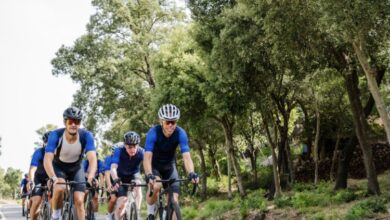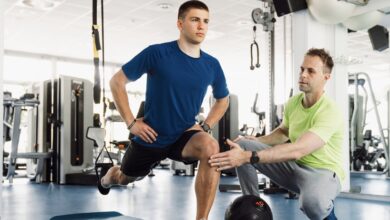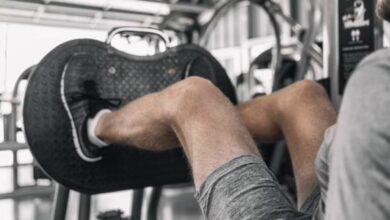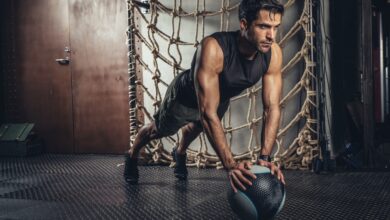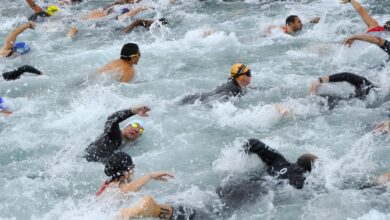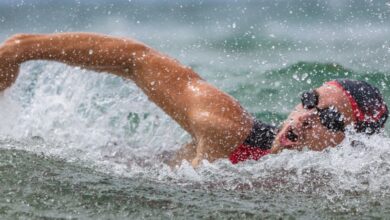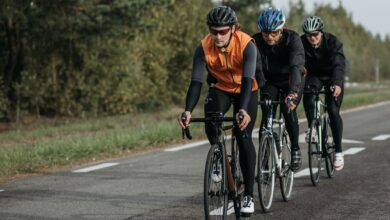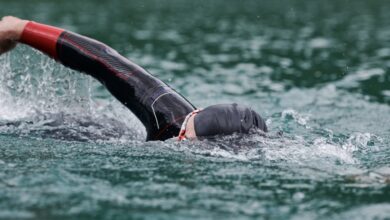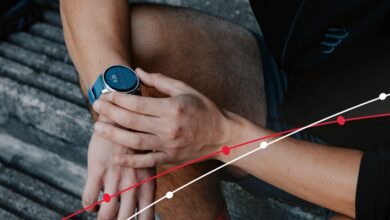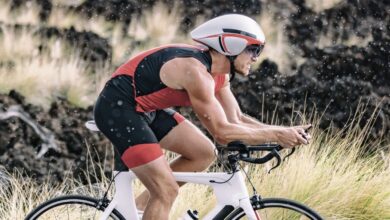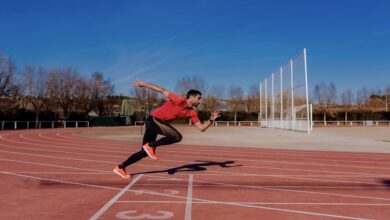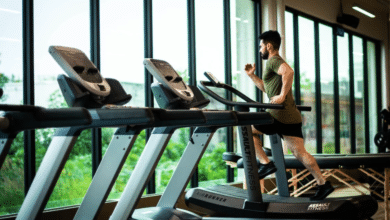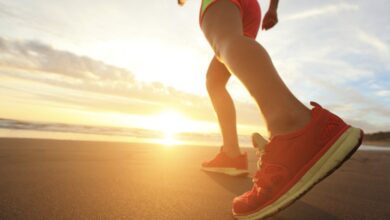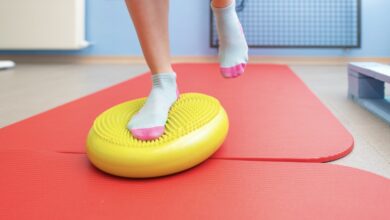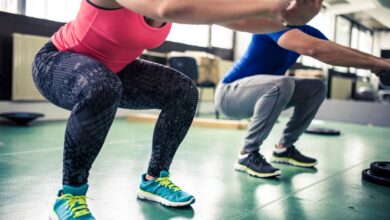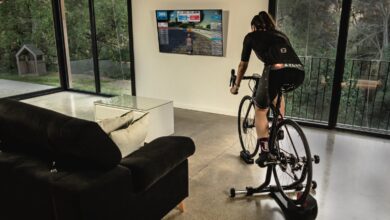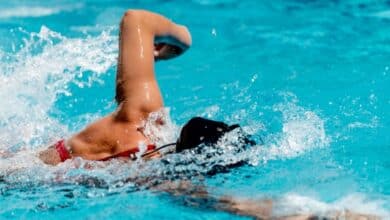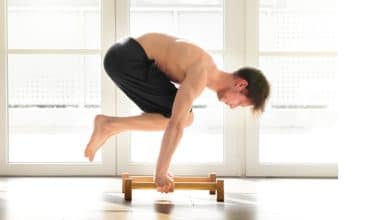How to make a swerve in the pool in just 5 steps?
Learning to make turns will lead to a consistent improvement in your swimming rhythm.
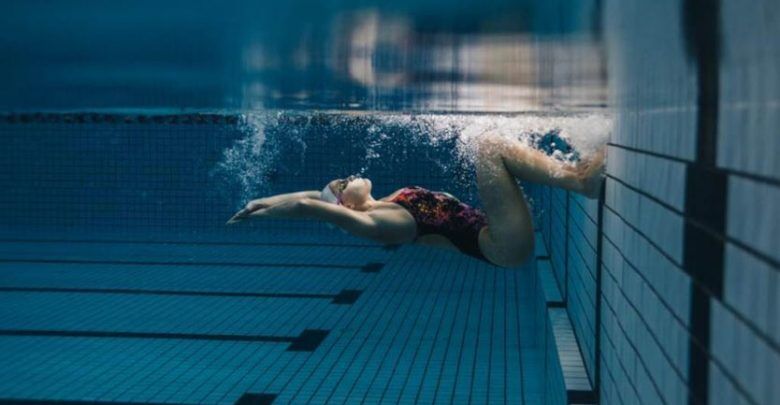
If your swimming workouts are in the pool, learn to make turns It will lead to a consistent improvement in your swimming rhythm. We show you how to do it and include it in your workouts in 5 steps
First step: flip
The first thing you should know is do a cartwheel. If this is not yet within your domains you can practice it by placing the courier or a churro on your hip and turning on it.
You must do it as fast as possible and keeping the hip and knee angles as close as possible (grouped position).
Second step: flipping on the wall
Once you know how to do a somersault, let's link it with the swim. At an approximate distance of 7 meters from the wall, start swimming and just when your head is on top of the bottom T, perform 2-3 strokes (according to personal technique) and executes a somersault keeping the position grouped.
Third step: turn and push
To the previous step we are going to add the contact of your feet with the wall. Once you finish the grouped turn on your transversal axis (hip), support both feet on the wall, approximately where the T is usually drawn, and with a slight orientation towards the side that you are going to push yourself.
Keep your grouped position of hip and knees until you make the impulse on the wall. Your arms should be stretched out in front of your head with this one between them and your hands overlapping, before you push yourself.
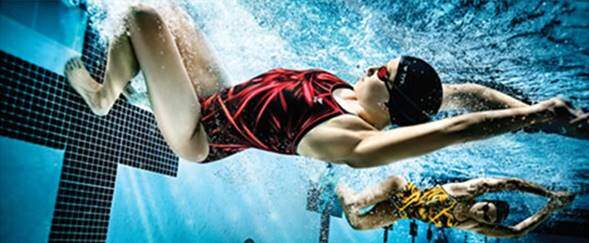
Fourth step: underwater phase
To make your turn as efficient as possible, after making the impulse on the wall, try to take advantage of the inertia a couple of seconds while maintaining a good hydrodynamic position (arms stretched in front of the head with overlapping hands, active abdomen, legs together and stretched).
After those seconds, make a pair of energetic butterfly kicks and begins with the crawl kick before starting the movement of the arms. If you can, avoid breathing in the first stroke.
Step five: automate your technique
When you get all the steps above, it is likely that You notice more fatigue if you turn during the whole workout, or even that you swim at a lower rate than when you did not, but it is about automating it.
Therefore, we recommend that you begin to include it in the warming and exercises of comfortable rhythms and later in the series, first alternately and later in all the series.
Little by little you will see the advances and you will feel the fluidity in the rhythm of swimming with respect to the stops when touching the wall in each length.
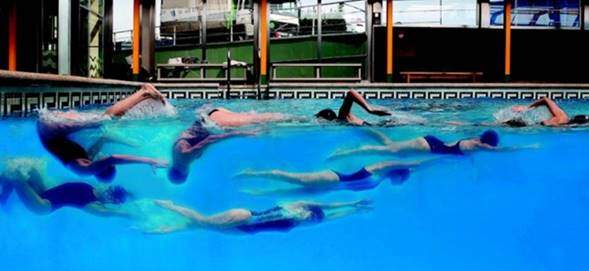
Even if your competition destination is the open waters, do not miss the opportunity to improve your rhythms thanks to the turns during the training
Laura García Cervantes
Dra. Science of Physical Activity and Sport
Club Trikatlón Tres Cantos Sports Director
Triathlon and Swimming Senior Trainer
Paratriathlon Specialist Trainer
There are no previous results.







